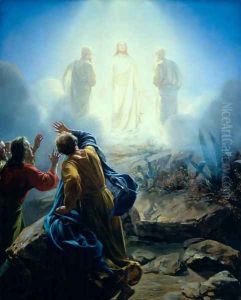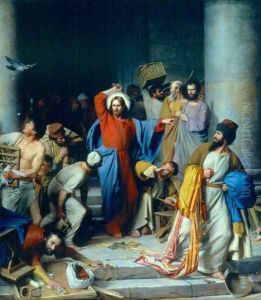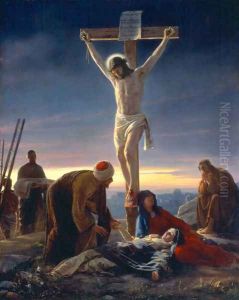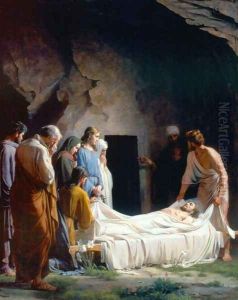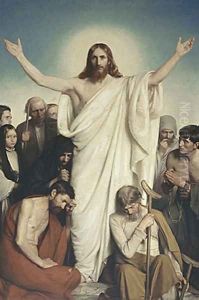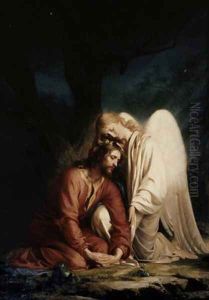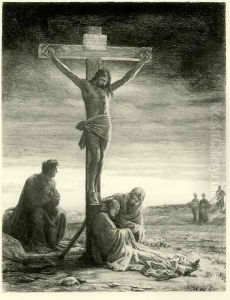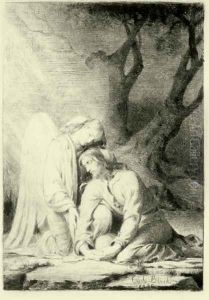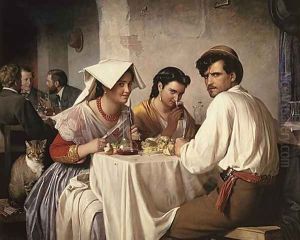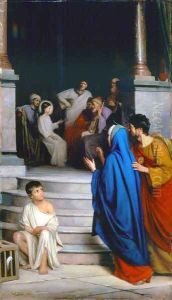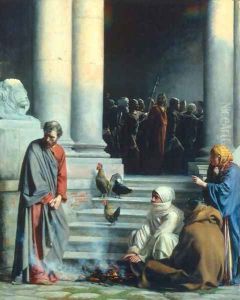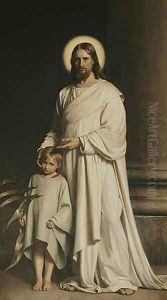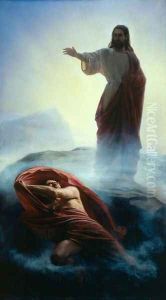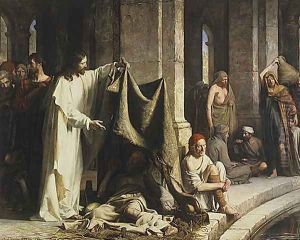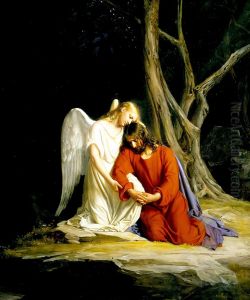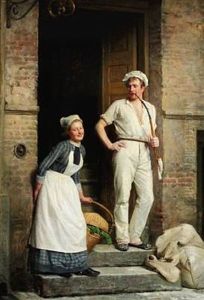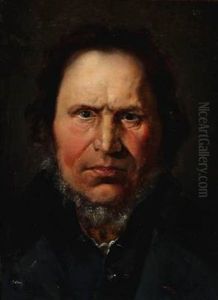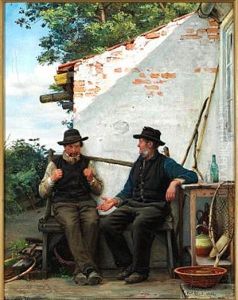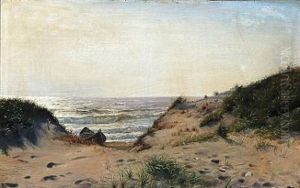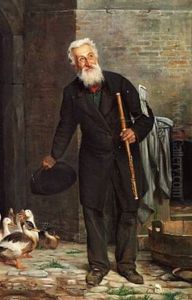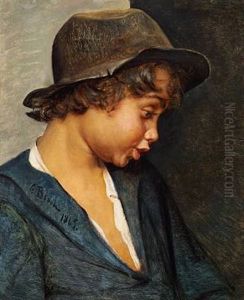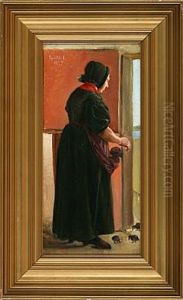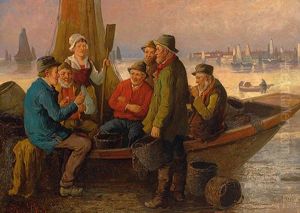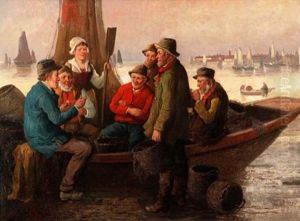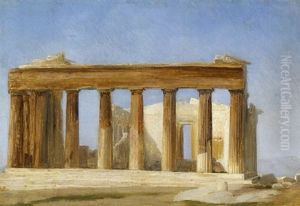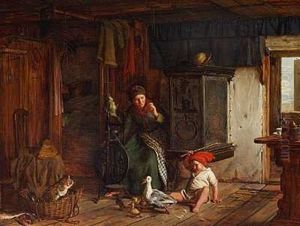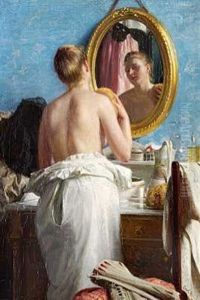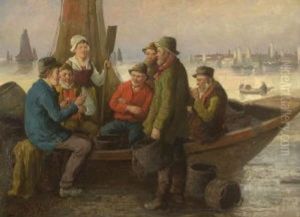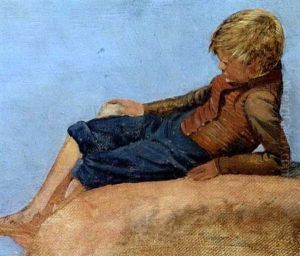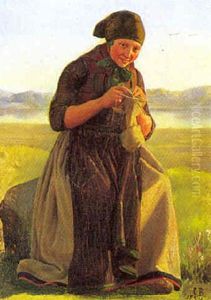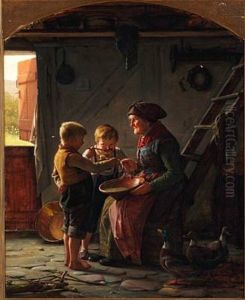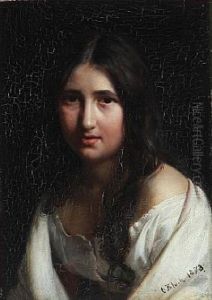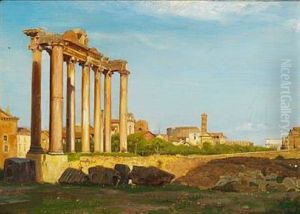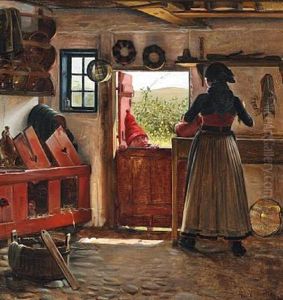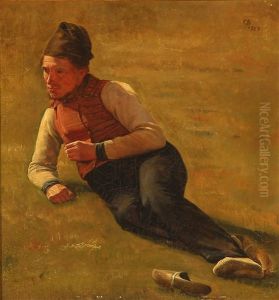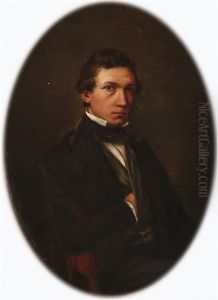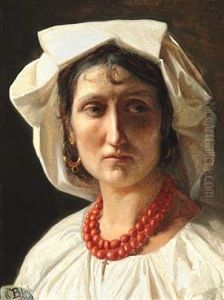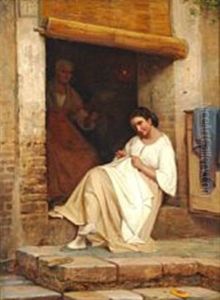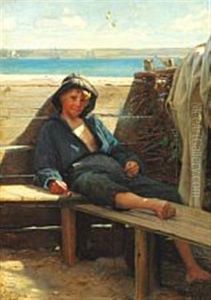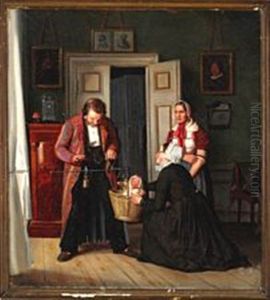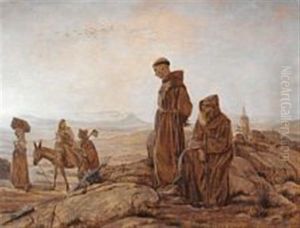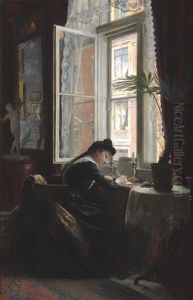Carl Heinrich Bloch Paintings
Carl Heinrich Bloch was a Danish painter born on May 23, 1834, in Copenhagen, Denmark. He is best known for his highly detailed and emotionally powerful religious paintings, as well as his genre scenes and portraits. Bloch showed artistic talent from a young age and pursued his passion for art by studying at the Royal Danish Academy of Fine Arts in Copenhagen, where he was influenced by the work of Rembrandt and other Dutch masters.
Bloch's career began to flourish after he received a scholarship to travel and study in Italy, which was a turning point in his artistic development. During his time in Italy, from 1859 to 1866, Bloch was deeply inspired by the Italian Renaissance painters, and his style evolved to incorporate their mastery of light and shadow, as well as their ability to convey complex human emotions.
Upon his return to Denmark, Bloch received critical acclaim and became a celebrated artist of his time. He was commissioned to create a series of paintings depicting scenes from the life of Christ for the King's Chapel at Frederiksborg Castle. These works, completed between 1865 and 1879, are considered some of his finest and contributed significantly to his reputation. The series cemented his status as a leading religious painter of the 19th century.
Aside from his religious works, Bloch also painted a number of historical and genre scenes, often focusing on Danish history and culture. His portraits are noted for their psychological depth and character insight, which reveal the influence of his study of the old masters.
Carl Heinrich Bloch's work was characterized by his meticulous attention to detail, his use of color, and his ability to capture light in a way that added drama and emotion to his paintings. His religious paintings, in particular, were known for their humanistic approach to sacred subjects, bringing a sense of accessibility and empathy to the figures he depicted.
Bloch continued to paint and exhibit his work throughout the latter part of the 19th century. His legacy has endured beyond his death on February 22, 1890, in Copenhagen. Today, he is remembered as one of Denmark's most important and influential artists, and his paintings can be found in churches, museums, and private collections around the world.
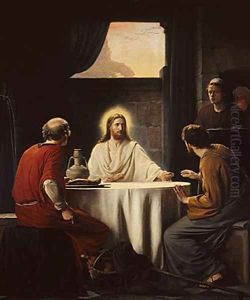
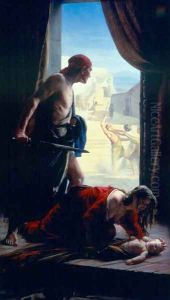
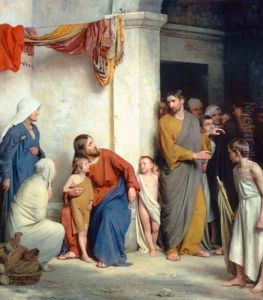
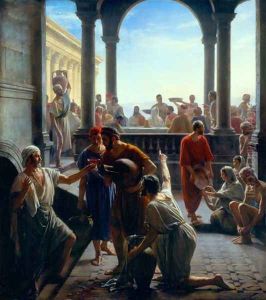
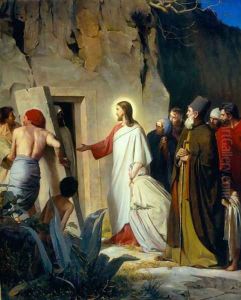
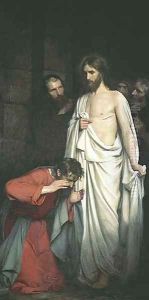
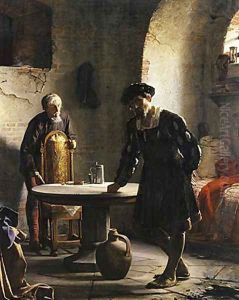
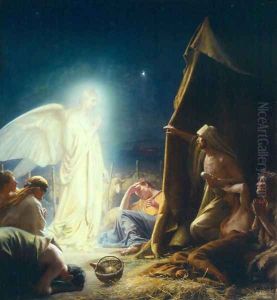
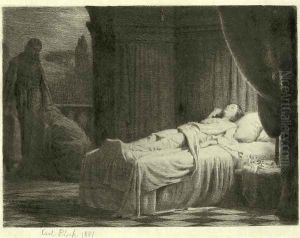
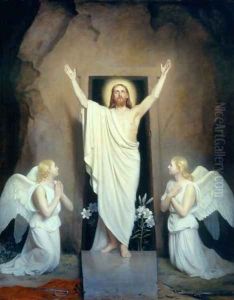
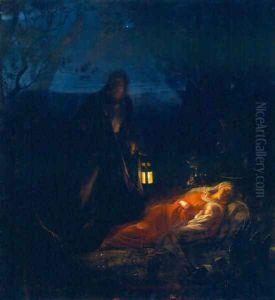
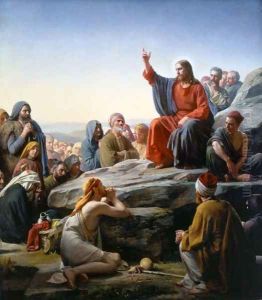
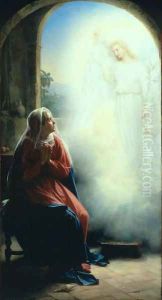
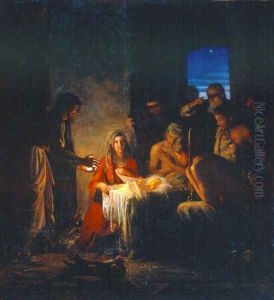
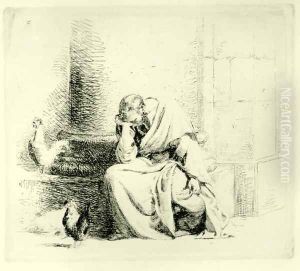
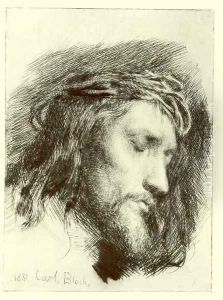
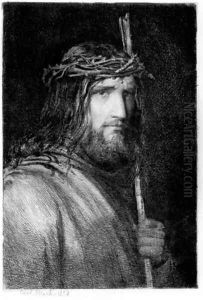
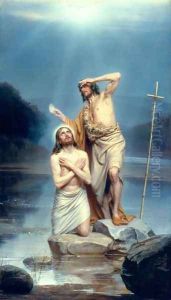
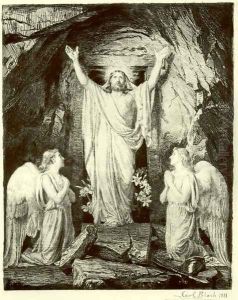
![The Sermon on the Mount [detail #1]](https://www.niceartgallery.com/imgs/114493/s/carl-heinrich-bloch-the-sermon-on-the-mount-detail-1-b7619c52.jpg)
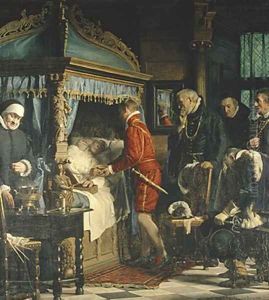
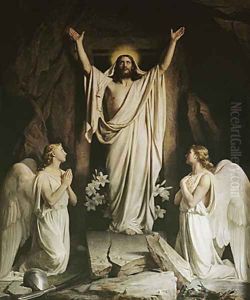
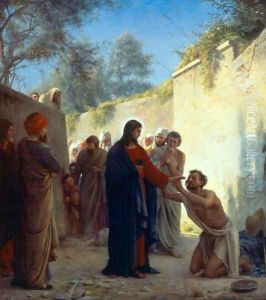
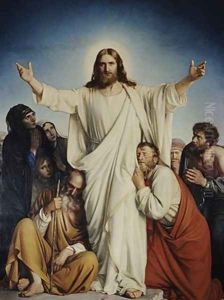
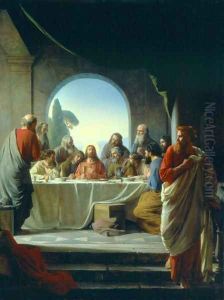
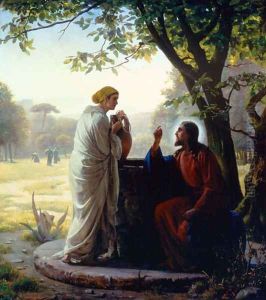
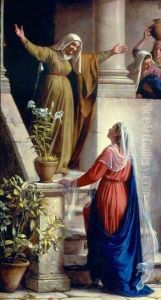
![Christ at Gethsemane [detail #1]](https://www.niceartgallery.com/imgs/114457/s/carl-heinrich-bloch-christ-at-gethsemane-detail-1-8d3fac5b.jpg)
